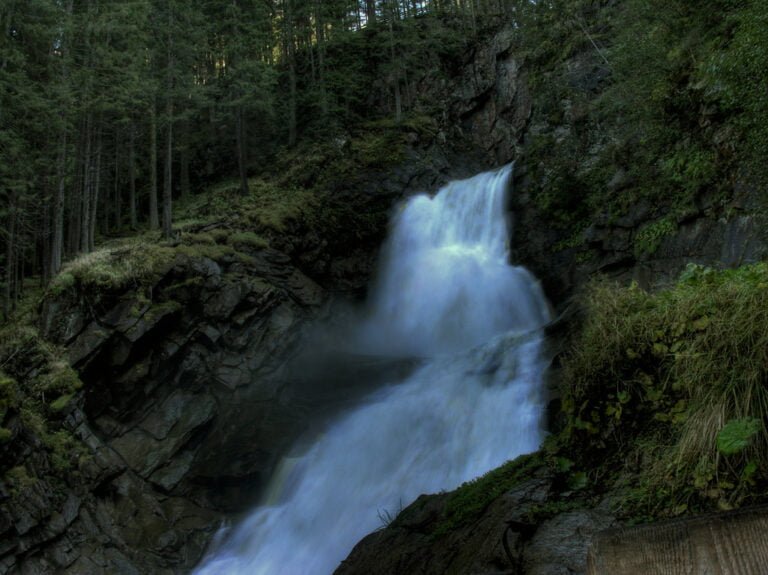Is There Water on Table Mountain?
Table Mountain, a unique blend of Mediterranean and subtropical climate zones, harbors a surprising array of water sources, including rainfall, fog, natural springs, and seepage, which collectively sustain the mountain’s vibrant ecosystems. Fog and mist provide additional moisture, replenishing the mountain’s water resources and supporting its biodiversity. Rainfall and runoff patterns shape the landscape, creating streams, rivers, and wetlands that support a diverse range of plant and animal life. As you venture into the mountain’s intricate water systems, you’ll discover a delicate balance of nature, where every drop counts, and the secrets of this precious resource await revelation.
Table Mountain’s Unique Climate
Perched at the southern tip of Africa, Table Mountain’s unique climate is shaped by its proximity to the Atlantic Ocean and the Indian Ocean, resulting in a rare blend of Mediterranean and subtropical influences. This distinctive confluence of climate zones gives rise to a unique set of weather patterns, with warm, dry summers and mild, wet winters. The mountain’s elevation and orientation also create a range of microclimates, with varying temperatures, humidity, and wind patterns across its slopes. As a result, Table Mountain’s climate is characterized by high levels of biodiversity and endemic species, making it a fascinating subject for scientific study and exploration.
Water Sources on the Mountain
As Table Mountain’s unique climate nurtures an extraordinary array of flora and fauna, it also conceals a hidden network of water sources that sustain its diverse ecosystems. The mountain’s rugged terrain and varying elevations create numerous opportunities for water collection and storage.
Several sources contribute to the mountain’s water wealth:
- Rainfall: Table Mountain receives significant rainfall throughout the year, with an average annual rainfall of over 400 mm.
- Fog: The mountain’s proximity to the Atlantic Ocean means it is frequently shrouded in fog, which contributes to the water budget through fog drip and condensation.
- Runoff: Water from rainfall and snowmelt flows over the surface, forming streams and rivers that supply water to the surrounding areas.
These water sources are essential for maintaining the delicate balance of Table Mountain’s ecosystems. They play a vital role in sustaining the mountain’s biodiversity and are fundamental to the continued health of its ecosystems.
Natural Springs and Seepage
Beneath Table Mountain’s rugged terrain, hidden networks of natural springs and seepage quietly emerge, providing a crucial lifeline to the mountain’s ecosystems. These natural wonders are a reflection of the mountain’s complex hydrogeology, where groundwater seeps through the cracked and weathered rock, surfacing as freshwater springs. The seepage areas, often characterized by lush vegetation and unique microclimates, support a diverse range of plant and animal species. As we explore deeper into the mountain’s hidden world, we discover an intricate network of underground aquifers, feeding these natural springs and sustaining life on the mountain. By plumbing these natural springs and seepage, we gain a deeper appreciation for the intricate relationships between geology, hydrology, and ecology that define Table Mountain’s unique environment.
Rainfall and Runoff Patterns
While the natural springs and seepage beneath Table Mountain’s rugged terrain provide a steady supply of freshwater, the mountain’s surface is also shaped by a complex interplay of rainfall and runoff patterns that dramatically influence the local ecosystems. The mountain’s unique topography, with its steep slopes and valleys, creates a varied landscape that responds differently to rainfall.
Three key aspects of rainfall and runoff patterns on Table Mountain are:
- High rainfall intensity: Table Mountain experiences high-intensity rainfall events, which lead to rapid runoff and flash flooding.
- Variable soil infiltration: The mountain’s diverse soil types and vegetation cover affect the rate of water infiltration, with some areas allowing for slow absorption and others promoting rapid runoff.
- Surface water flow: The resulting surface water flow shapes the mountain’s landscape, creating streams, rivers, and wetlands that support a diverse range of plant and animal life.
No replacement was necessary for the word “dive” since it was not present in the original text.
The Role of Fog and Mist
Table Mountain’s rugged landscape is frequently shrouded in a mystical veil of fog and mist, which plays a vital role in replenishing the mountain’s water resources and sustaining its unique biodiversity. The fog and mist, often referred to as ‘cloud immersion,’ provide an additional source of moisture, supplementing the mountain’s rainfall. As the fog rolls in, it condenses on the mountain’s rocky outcrops, vegetation, and soil, slowly releasing water into the ecosystem. This process not only recharges groundwater but also supports the mountain’s intricate network of streams and rivers. By understanding the role of fog and mist, we can better appreciate the complex hydrological dynamics at play on Table Mountain, where they have a key influence.
Vegetation and Water Absorption
Nearly 90% of Table Mountain’s precipitation is absorbed by its lush vegetation, which plays a crucial role in regulating the mountain’s hydrological cycle. The vegetation acts as a sponge, absorbing and storing water, which is then gradually released into the soil. This process has a significant impact on the mountain’s water balance.
Some key aspects of vegetation and water absorption on Table Mountain include:
- Fynbos plants: These unique plants have adapted to the mountain’s Mediterranean climate, storing water in their leaves and stems.
- Vegetation density: The dense vegetation cover on Table Mountain allows for more efficient water absorption, reducing runoff and increasing groundwater recharge.
- Evapotranspiration: The process of evapotranspiration, where plants release water vapor into the air, also contributes to the mountain’s water cycle, playing a essential part in the process.
Water Storage and Retention
Significantly, the water absorbed by Table Mountain’s vegetation is stored in various forms, including soil moisture, groundwater, and surface water bodies, which collectively play a critical role in maintaining the mountain’s delicate water balance. Soil moisture, for instance, acts as a sponge, slowly releasing water to plants and streams during dry spells. Groundwater, on the other hand, seeps into the mountain’s underlying aquifers, recharging them and supplying freshwater springs. Surface water bodies, such as streams and wetlands, store and filter rainwater, supporting a diverse range of aquatic life. By understanding these interconnected water storage systems, we can better appreciate the intricate mechanisms that govern Table Mountain’s hydrological cycle.
Human Impact on Water Availability
As the natural water storage systems on Table Mountain work in harmony to maintain the delicate water balance, human activities have begun to disrupt this intricate dance, altering the availability of water and posing significant threats to the mountain’s ecosystems and inhabitants.
Human impact on water availability is multifaceted and far-reaching. Some of the key ways humans are affecting water on Table Mountain include:
- Urbanization and development: The construction of buildings, roads, and other infrastructure has led to the destruction of natural habitats and increased impervious surfaces, reducing the mountain’s ability to absorb and store water.
- Water extraction and diversion: The removal of water from the mountain’s natural systems for human use, such as agriculture and drinking water, has decreased the amount of water available for the mountain’s ecosystems.
- Climate change: Rising temperatures and altered precipitation patterns are disrupting the natural water cycle, leading to droughts and floods that further strain the mountain’s water resources.


